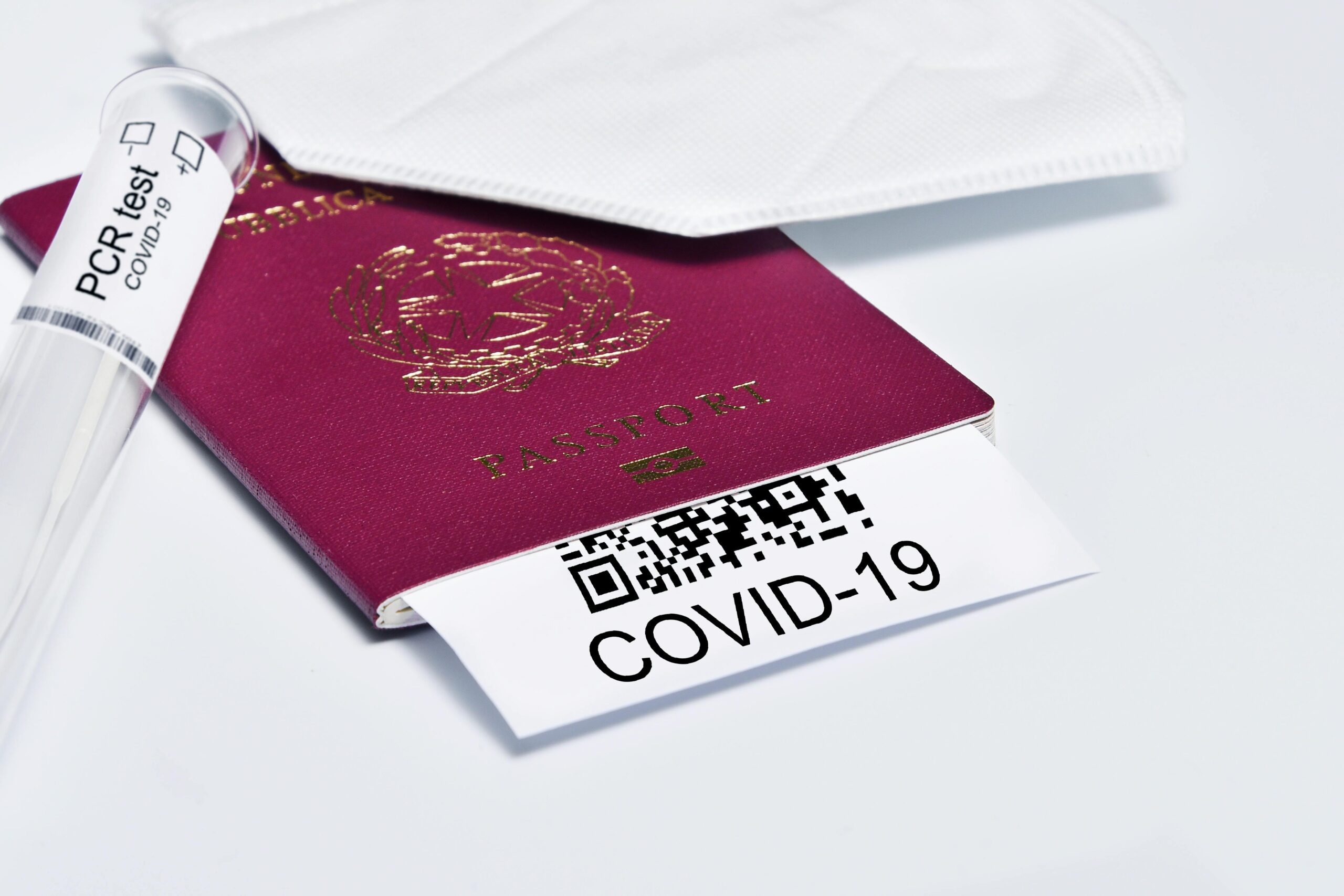In a significant development for aspiring immigrants to Canada, Immigration, Refugees and Citizenship Canada (IRCC) has officially designated a new language proficiency test for all economic class permanent residence (PR) applicants. This monumental decision diversifies the options available for individuals to prove their English language skills, a critical component of most Canadian immigration pathways, including the popular Express Entry system. The introduction of this new test marks a pivotal shift in the landscape of Canadian immigration, offering more flexibility, accessibility, and choice to candidates worldwide. This article provides a comprehensive overview of this new test, its implications for your application, and strategic considerations from an experienced professional perspective.
- A Monumental Shift in Canada’s Immigration Language Testing Landscape
- Unveiling the Newest Designated Test: Key Features for Applicants
- Strategic Implications for Your Canadian Permanent Residence Application
- Official Implementation and Transition: What to Expect
- Frequently Asked Questions
A Monumental Shift in Canada’s Immigration Language Testing Landscape
For years, the pathway to proving English language proficiency for Canadian immigration has been dominated by two well-established examinations: the International English Language Testing System (IELTS) General Training and the Canadian English Language Proficiency Index Program (CELPIP) – General Test. These tests have been the sole gatekeepers for candidates needing to demonstrate their language abilities to meet the stringent requirements of programs managed under Express Entry—namely, the Federal Skilled Worker Program (FSWP), the Canadian Experience Class (CEC), and the Federal Skilled Trades Program (FSTP)—as well as various Provincial Nominee Programs (PNPs). The scores from these tests are converted into Canadian Language Benchmark (CLB) levels, which directly impact a candidate’s Comprehensive Ranking System (CRS) score, often determining their eligibility and chances of receiving an Invitation to Apply (ITA) for permanent residence. This long-standing duopoly has now been expanded. IRCC’s decision to designate a new test, developed by the globally recognized Educational Testing Service (ETS), introduces a powerful third option. This move is widely seen as a response to the growing global demand for Canadian immigration and an effort to make the process more accessible. By authorizing another testing provider, IRCC is not only fostering healthy competition, which can lead to innovations in testing and potentially lower costs, but also providing invaluable flexibility for applicants who may find the new test’s format, availability, or style more suited to their strengths.
Unveiling the Newest Designated Test: Key Features for Applicants
The newly approved test, as outlined in the initial announcements, is designed to be a modern, applicant-friendly assessment of real-world English skills. While IRCC has yet to release the official CLB conversion charts, the test is expected to be a comprehensive evaluation of the four core language abilities: listening, reading, writing, and speaking. Based on information from its provider, ETS, this new test for Canadian PR applications is engineered to be a more streamlined and accessible experience. It is anticipated to be a computer-based test delivered in a single, shorter session, a feature that may appeal to candidates who experience test-day fatigue with longer examinations. Furthermore, its global network of test centers, combined with potential at-home testing options, could dramatically increase accessibility for applicants in regions where other designated test centers are scarce. The scoring system will be meticulously mapped to the CLB framework, from level 4 to 10, ensuring a seamless integration into the Express Entry CRS points grid and other program requirements. For example, achieving a CLB 7 in all four abilities is a common minimum threshold for FSWP eligibility, while reaching CLB 9 or higher can significantly boost a candidate’s CRS score. Applicants should anticipate a period where IRCC and ETS will release detailed guidance, including official score equivalency tables and preparation materials, to help them understand the new scoring metrics and prepare effectively for this new pathway to demonstrating their language proficiency.
Strategic Implications for Your Canadian Permanent Residence Application
With the introduction of a third designated language test, prospective immigrants now face a strategic choice that can have a tangible impact on their application. The decision of which test to take should not be made lightly and requires careful consideration of several personal and logistical factors. While all three tests will be treated equally by IRCC once a valid score is submitted, the journey to achieving that score can differ significantly. An applicant’s comfort with computer-based versus paper-based formats, their specific language strengths and weaknesses, and even their test-taking style can influence their performance. For instance, a candidate who excels at speaking spontaneously might prefer a test with a live or recorded speaking module that feels more conversational, while another might perform better in a more structured format. The cost, scheduling flexibility, and proximity of test centers are also crucial practical considerations. Before booking an exam, it is highly advisable to research each option thoroughly, review sample questions, and perhaps even take practice tests to gauge which format feels most intuitive and allows you to best demonstrate your true language abilities.
To assist in this critical decision, here are some key takeaways and points of comparison to consider when choosing your language test for a Canadian PR application:
- Test Format and Familiarity: Compare the structure of each test. Is it fully computer-delivered like CELPIP and the new test, or does it offer a paper-based option like IELTS? Consider which format you are more comfortable with to minimize technical stress on test day.
- Content and Style: While all tests assess the same four skills, their approach differs. IELTS uses a variety of accents (British, Australian, North American), whereas CELPIP is exclusively North American. Research the question types and task formats for each to see which aligns better with your skills.
- Scoring and CLB Conversion: Once the official conversion chart for the new test is released, compare how scores translate to CLB levels. Some candidates may find it easier to achieve a target CLB level in one test over another due to the scoring nuances.
- Availability and Logistics: Check the availability of test dates and centers in your location for all three options. The new test’s potentially broader availability could be a decisive factor if you live in a remote area or need to schedule a test quickly.
- Cost and Retake Policies: Compare the fees for each exam. Additionally, review the policies for retaking a single module versus the entire test, as this can have financial and strategic implications if you only need to improve one skill area.
Official Implementation and Transition: What to Expect
According to IRCC’s preliminary statements, the new language test is slated to become available for applicants to use in their permanent residence profiles by late 2024 or early 2025. A specific launch date will be announced in the coming months, giving candidates ample time to prepare. It is crucial for applicants to understand that until that official start date, only IELTS General Training and CELPIP-General test results will be accepted. Any results from the new test taken before IRCC officially begins accepting them will not be valid for immigration purposes. For those currently preparing for a language test, the best course of action depends on your individual timeline. If you plan to create an Express Entry profile in the immediate future, proceeding with either IELTS or CELPIP is the only viable option. However, if your timeline is more flexible and you believe the new test format might be more advantageous for you, it may be prudent to wait for further announcements and official preparation materials to be released. During this transition period, it is essential to stay informed by monitoring official IRCC news releases and the websites of the designated testing organizations. This will ensure that you are working with the most current information regarding test validity, score requirements, and submission procedures, preventing any potential delays or issues with your permanent residence application.
Frequently Asked Questions
What is the new language test approved by IRCC for Canadian PR?
IRCC has designated a new English language test from Educational Testing Service (ETS) as a valid option for permanent residence applicants. This provides a third major choice for candidates, alongside the existing IELTS General Training and CELPIP-General tests.
How does this new language test compare to IELTS and CELPIP?
While it assesses the same four language skills (reading, writing, listening, speaking), the new test is expected to be a shorter, fully computer-based exam. This contrasts with IELTS, which offers a paper-based option. Its key distinguishing features are its streamlined format and potentially greater global accessibility.
When can I use the new language test for my Express Entry profile?
IRCC has indicated that the new test will be officially accepted for permanent residence applications starting in late 2024 or early 2025. Applicants must wait for the official launch date; results obtained before this date will not be valid for PR applications.
Will the new test scores be converted to Canadian Language Benchmark (CLB) levels?
Yes, just like IELTS and CELPIP, the scores from the new test will be converted into CLB levels from 4 to 10. This ensures the results can be integrated seamlessly into the Comprehensive Ranking System (CRS) for Express Entry and meet the requirements of other economic immigration programs.
How should I decide which language test to take for my PR application?
The choice depends on personal factors such as your comfort with computer-based testing, your specific language strengths, and logistical considerations like test center availability and cost. It is recommended to review sample materials for all three tests to determine which format best suits your skills and test-taking style.
Talk to us to find out more. ->
The content above is not intended to provide legal advice or opinions of any kind and may not be used for professional or commercial purposes.







